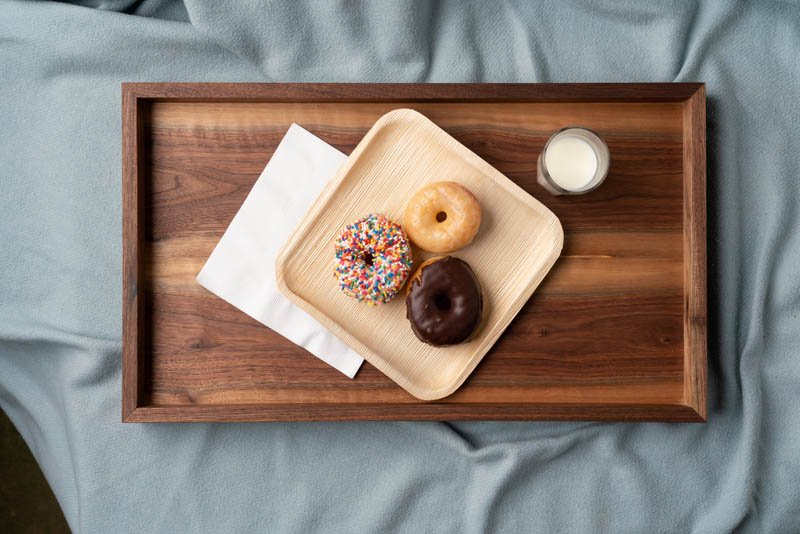Casting in Iron and Bronze
Working with Birmingham-area foundries like Sloss Furnaces on the Legacy base and the Amicalola base over the last five years taught us a lot about collaboration. It’s one of those relationships where both parties are excited to give and to get input and put out effort and feel like they are getting more than they put in… can a relationship be a unicorn?
I learned about the casting in Art History. I talked about the process with the artisans casting our bases. Back to my seventh grade art teacher, Ms. DeWine would say “Enough talking, you learn by doing!” A weekend last spring, I dusted off my BFA student uniform and headed to a weekend workshop at Sloss Metal Arts.
The first evening, we sculpted multiple concepts in wax and clay. These were positives—what we want the final product to look like, called the pattern. I knew we could use wood as the positive as well, but I came to the class without a plan.

After waking up with a partially-formed idea in the middle of the night, the morning before class, I went to the shop and collected a variety of wood offcuts, including pieces from our (best selling) HYO table. We burn the hyo table using a Japanese process, Shou Sugi Ban, that makes it burn and rot resistant and—bonus—emphasizes the grain in softwoods like cedar and our local and plentiful, species of choice Alabama Pine.

Making the mold, there were a lot of steps and I got A LOT of help, from sand potions to spraying graphite to creating gates. (Insert 500 words that I don’t have time to write and all the data tells us, you won’t read.) We set the wood pieces to create an expendable mold with resin-bonded sand.
Finally, the anchor event is when I poured the 2500 degree molten iron into the molds. I experienced single pointed concentration. A tiny spatter of liquid can burn right through your shoes.

After the casting starts to cool, and burning yourself isn’t an imminent danger, you get to break the mold off the metal. Need to release some frustration? This is very satisfying. Now the hard work begins of grinding off the gates and excess metal. (This was done by the experts, not me, but now you know what is on my Amazon list for Hanukkah.)
The results were some interesting pieces, but moreover insight, as to what Alabama Sawyer wanted to do next. We developed a new pattern for an incense holder and some decorative and functional elements for furniture you will see sometime in 2023—our product development timelines are flexible (per last week's blog post.)
Phase two designs were developed as reusable molds for ongoing production of multiples by our collaboration with Birmingham Sculpture who appreciate our new insight into how our components are created.


I got to see our bronze casting for the incense holders a few weeks ago. Casting in bronze is a similar but different process. The color of liquid bronze left me spellbound. The futuristic protective gear along with the location is in an artist colony hidden in a sand and gravel quarry gives it an otherworldly feel. I must look like a person who wants to break things, because they handed me a hammer for this casting as well.
The results are thrilling. I am so excited to introduce this product to y’all!






